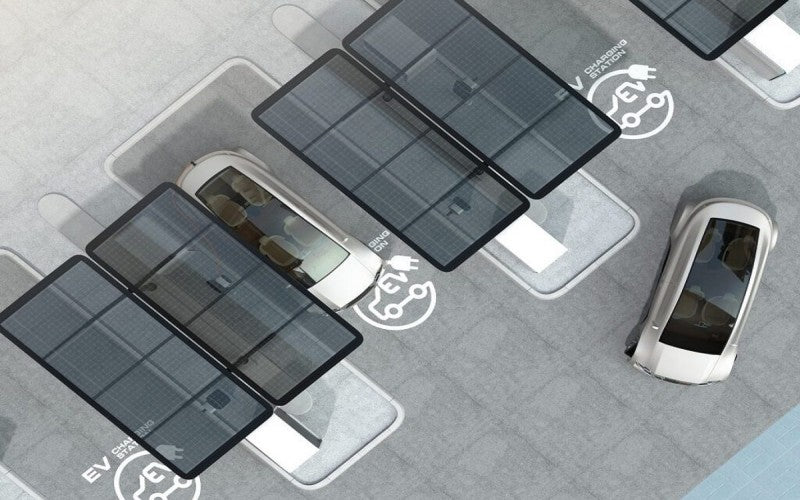
In a world where sustainability and renewable energy are becoming increasingly important, solar power has emerged as a key player in reducing our carbon footprint. Beyond rooftop panels and solar farms, solar power has also found its way onto the roads with solar-powered cars. These eco-friendly vehicles offer a glimmer of hope for a cleaner and greener future. In this blog post, we'll delve into the fascinating world of solar-powered cars, how they work, and why they are a promising option for environmentally conscious consumers.
1. Harnessing Solar Power: The Basics
Solar-powered cars, also known as solar cars or solar-electric vehicles, are automobiles powered entirely or partially by solar energy. The primary source of energy for these vehicles is the sun's rays, harnessed through photovoltaic (PV) cells installed on the car's surface. The PV cells, commonly known as solar panels, consist of semiconductor materials that convert sunlight directly into electricity.
When sunlight hits the surface of the solar panels, it excites the electrons within the semiconductor material, generating a flow of electricity. This electricity is then used to power the car's electric motor, allowing it to move forward with the energy drawn directly from the sun.
2. Integration of Solar Panels in Cars: A Technical Marvel
2.1 Solar Panels on the Car's Surface
The integration of solar panels into the design of solar-powered cars is an engineering feat in itself. These panels are strategically placed on the car's surface, mainly on the roof, hood, and rear, to capture the maximum amount of sunlight possible. The solar panels are made with lightweight and durable materials, ensuring they don't add unnecessary weight to the vehicle while also withstanding various weather conditions.
2.2 Efficiency and Range
One of the significant challenges in solar-powered cars is improving the efficiency of solar panels. While solar technology has advanced significantly, the energy conversion efficiency of PV cells used in solar cars is still relatively low compared to traditional solar panels used in fixed installations. However, manufacturers are continuously striving to enhance this efficiency.
The amount of energy generated by the solar panels affects the car's range on solar power alone. Currently, most solar cars are designed for specific purposes, such as solar car races or short daily commutes. However, advancements in technology are steadily increasing the range of solar-powered vehicles, making them more practical for everyday use.
3. The Sun-Powered Drive: How Solar Cars Move
3.1 Electric Motors and Battery Storage
Solar-powered cars use electric motors to convert electrical energy from the solar panels into mechanical energy, propelling the vehicle forward. These electric motors are highly efficient, providing instant torque and smoother acceleration compared to traditional internal combustion engines.
To ensure continuous power supply, solar cars are equipped with battery storage systems. Excess energy generated by the solar panels is stored in these batteries, which can be used to power the vehicle during periods of limited sunlight, such as nighttime or cloudy weather. This setup enables solar cars to remain functional even when solar input is insufficient.
3.2 Regenerative Braking
To maximize the efficiency of solar cars, some models also feature regenerative braking technology. When the driver applies the brakes, the electric motor switches into generator mode, converting the kinetic energy of the vehicle back into electricity. This energy is then fed back into the battery, further extending the car's range and enhancing overall energy efficiency.
Conclusion: Driving Towards a Sustainable Future
Solar-powered cars represent a significant stride towards sustainable transportation and a cleaner environment. As the technology continues to evolve, these vehicles are becoming more practical and accessible to the general public. Embracing solar power in the automotive industry offers a greener and eco-friendly alternative to conventional fossil-fueled vehicles, ultimately reducing greenhouse gas emissions and our dependence on non-renewable resources.
For eco-conscious consumers looking to contribute to a cleaner future, investing in solar energy-related products, such as solar-powered cars, can be a compelling option. While the market for solar cars is still relatively niche, the growing interest in renewable energy and advancements in solar technology suggest a bright road ahead for solar-powered transportation.
So, as we ride into the future, let's remember that with solar power, the journey is not just about getting from one place to another; it's about driving towards a more sustainable and promising world for generations to come.

0 comments